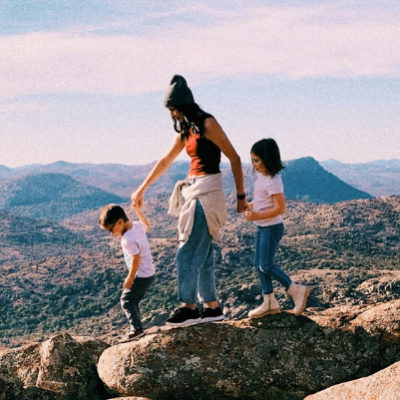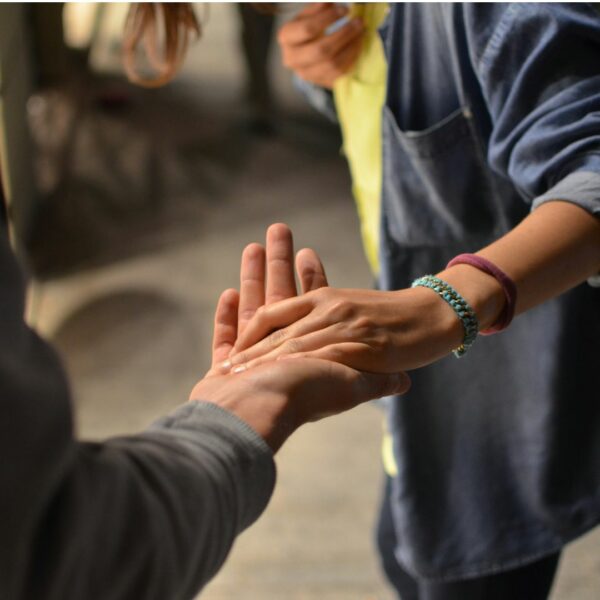Understanding the Signs of Child Abuse: A Guide for Parents, Teachers, and Community Members
Child abuse is a tragic reality that affects children across all demographics. Recognizing the signs of abuse early can lead to intervention and prevention, potentially saving a child from prolonged suffering. This guide aims to help parents, teachers, and community members identify the signs of abuse and understand what actions to take.
Types of Child Abuse
Physical Abuse: Harm or threats of harm to a child by a parent or other adult. It is not an accident.
- Signs: Unexplained bruises, burns, or fractures; frequent injuries; child appears scared of adults or particular individuals.
- Source: American Academy of Pediatrics
Emotional Abuse: A pattern of behavior that hurts the emotional development or sense of self-worth of a child or youth (for example, constant criticism, threats, or sarcasm; belittling, shaming, or withholding love).
- Signs: Extreme behavior (e.g., overly compliant or demanding), delayed emotional development, depression, or anxiety.
- Source: Child Welfare Information Gateway
Sexual Abuse: Occurs when a person forces a child to have any form of sexual contact or makes a child perform sexual acts. Sexual abuse may involve touching private parts (clothed or unclothed), forced sexual acts between children or making a child view, read or participate in pornography.
- Signs: Difficulty walking or sitting, knowledge of sexual acts inappropriate for their age, avoiding certain people or places.
- Source: National Child Traumatic Stress Network
Neglect: When a caregiver fails to provide necessary care to a child for reasons other than poverty (for example, food, shelter, supervision, medical care, education, or emotional nurturing).
- Signs: Poor hygiene, malnutrition, unattended medical needs, frequent absences from school.
- Source: Mayo Clinic
Recognizing the Signs in Different Environments
- At Home: Look for changes in behavior, physical signs of injury, and shifts in mood or demeanor.
- At School: Teachers may notice unexplained absences, declining academic performance, or social withdrawal.
- In the Community: Community members can observe interactions between the child and adults, noting any signs of fear or discomfort.
How to Respond
- Stay Calm and Listen: If a child discloses abuse, remain calm, listen carefully, and reassure them that they are not to blame.
- Document and Report: Keep detailed notes of what the child shares. Report your concerns to local child protective services or law enforcement.
- Seek Professional Help: Encourage the child to speak with a counselor or mental health professional.
Recognizing the signs of child abuse is a critical step in protecting children. By staying informed and vigilant, we can all contribute to the safety and wellbeing of children in our communities. If you suspect abuse, don’t hesitate to take action—your involvement could make a life-changing difference.
Sources for Further Reading
- Child Welfare Information Gateway
- American Psychological Association
- National Child Traumatic Stress Network





